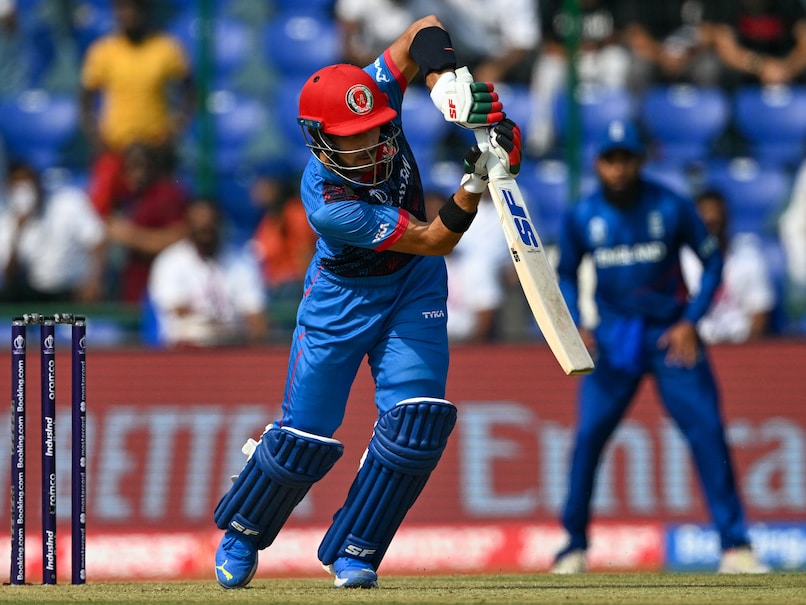Iranian human rights activist and the vice president of the Defenders of Human Rights Center (DHRC) Narges Mohammadi has been chosen for the Peace Nobel.
| Photo Credit: Reuters
Iranian activist Narges Mohammadi has been chosen by the Royal Swedish Academy for the coveted 2023 Nobel Peace Prize for her fight against the oppression of women in Iran and her fight to promote human rights and freedom for all.
“The 2023 peace laureate Narges Mohammadi is a woman, a human rights advocate, and a freedom fighter. This year’s NobelPeacePrize also recognises the hundreds of thousands of people who have demonstrated against the theocratic regime’s policies of discrimination and oppression targeting women,” the Academy said.
Last year, the Nobel Peace Prize was jointly awarded to Belarusian human rights advocate Ales Bialiatski, the Russian human rights organisation Memorial, and the Ukrainian human rights organisation Centre for Civil Liberties.
Ms. Mohammadi is currently lodged in a prison in Iran. In fact, the Iranian regime has arrested her 13 times, convicted her five times, and sentenced her to a total of 31 years in prison and 154 lashes.
The motto adopted by the Iranian demonstrators – “Woman – Life – Freedom” – suitably expresses the dedication and work of Narges Mohammadi, the Academy said.
Ms. Mohammadi advocates against death penalty in a country that reports most state executions. A strong advocate of women’s rights since her days as a college student.
Ms. Mohammadi was arrested for the first time in 2011 for her efforts to assist incarcerated activists and their families.
Two years later, after her release on bail, Ms Mohammadi immersed herself in a campaign against use of the death penalty. This lead to her re-arrest in 2015.
Upon her return to prison, she began opposing the regime’s systematic use of torture and sexualised violence against political prisoners, especially women, that is practised in Iranian prisons.
When Kurdish woman Mahsa Jina Amini was killed by Iranian morality police when she was in custody for not covering her head, Iran witnessed one of the largest anti-government protests. Many protestors were lodged in the notorious Evin prison in Tehran, where Ms. Mohammadi was an inmate.
From prison she expressed support for the demonstrators and organised solidarity actions among her fellow inmates. The prison authorities responded by imposing even stricter conditions. She was prohibited from receiving calls and visitors. She, however, managed to smuggle out an article which the New York Times published on the one-year anniversary of Mahsa Jina Amini’s killing, which highlighted the shocking condition of the women inmates, the torture, abuse and solitary confinement they are subjected to.
In 2018, Mohammadi, an engineer and physicist, was awarded the 2018 Andrei Sakharov Prize, which recognizes outstanding leadership or achievements of scientists in upholding human rights. She was close to Iranian Nobel Peace Prize laureate Shirin Ebadi, who founded the banned Defenders of Human Rights Center, and currently its vice president.
The Nobel Prize announcements kicked off on October 2 with the Physiology or Medicine Nobel jointly awarded to Katalin Karikó and Drew Weissman for their “discoveries concerning nucleoside base modification that enabled the development of effective mRNA vaccines against COVID-19.
Explained | All about the winners of the 2022 Nobel Peace Prize
The Royal Swedish Academy of Science announced on October 3 that the Nobel Prize in Physics has been awarded to Pierre Agostini, Ferenc Krausz, and Anne L’Huillier “for experimental methods that generate attosecond pulses of light for the study of electro dynamics in matter”
The Nobel Prize in Chemistry is shared by three scientists – Moungi G. Bawendi, Louis E. Brus and Alexei I. Ekimov for the discovery and synthesis of quantum dots.
The Nobel announcements will draw to a close on October 9 with the announcement of Sveriges Riksbank Prize in Economic Sciences in Memory of Alfred Nobel, popularly known as Economic sciences Nobel.
The prizes carry a cash award of 10 million Swedish kronor (nearly $900,000) and will be handed out on Dec. 10. The money comes from a bequest left by the prize’s creator, Swedish inventor Alfred Nobel, in 1895.
















